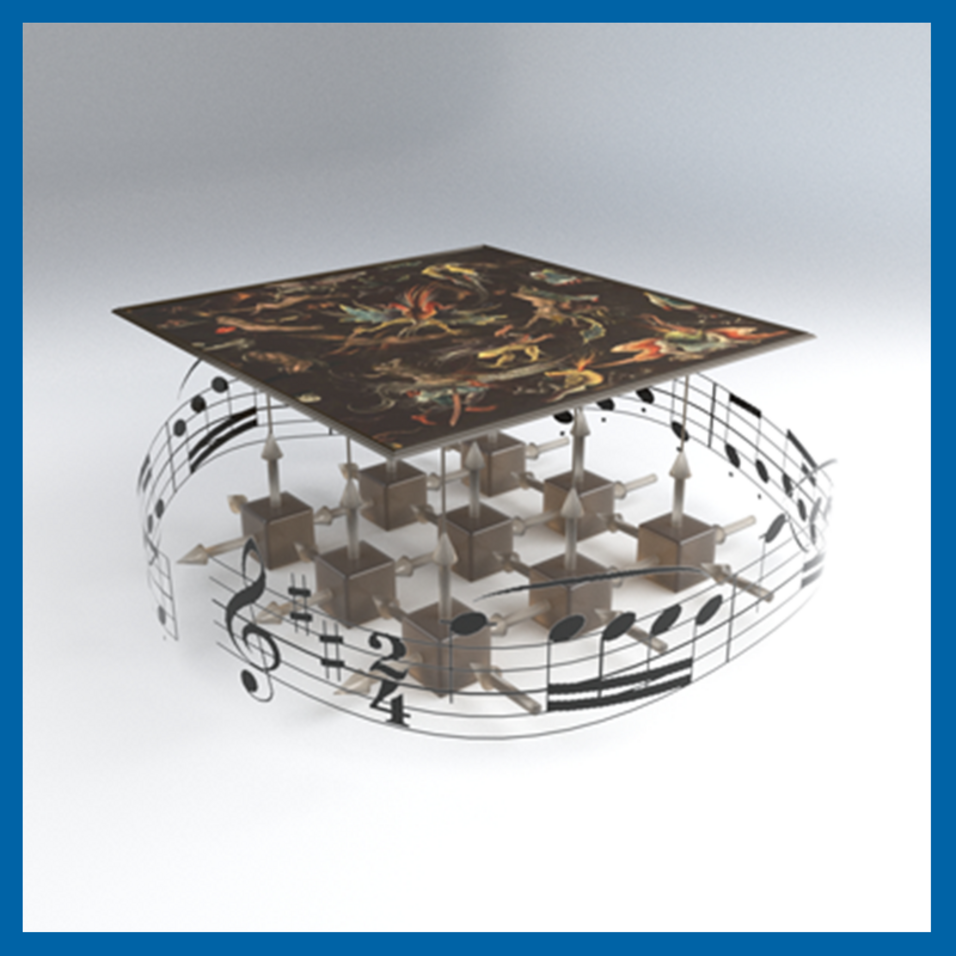Then have a look at the new review article "Matrix product states and projected entangled pair states: Concepts, symmetries, theorems" by Ignacio Cirac, David Perez-Garcia, Frank Verstraete, and our group leader Norbert Schuch, featured on the cover page of the Oct.-Dec. 2021 issue of Reviews of Modern Physics.
This review article provides a comprehensive overview over analytical results in the field of Matrix Product States and PEPS: starting from basic concepts, MPS and PEPS as ground states, bulk-boundary correspondence and renormalization; then covering symmetries, topological order, and the classification of phases; and finally summarizing mathematical theorems in the field of MPS and PEPS.
Quoting the abstract:
"The theory of entanglement provides a fundamentally new language for describing interactions and correlations in many-body systems. Its vocabulary consists of qubits and entangled pairs, and the syntax is provided by tensor networks. We review how matrix product states and projected entangled pair states describe many-body wavefunctions in terms of local tensors. These tensors express how the entanglement is routed, act as a novel type of non-local order parameter, and we describe how their symmetries are reflections of the global entanglement patterns in the full system. We will discuss how tensor networks enable the construction of real-space renormalization group flows and fixed points, and examine the entanglement structure of states exhibiting topological quantum order. Finally, we provide a summary of the mathematical results of matrix product states and projected entangled pair states, highlighting the fundamental theorem of matrix product vectors and its applications."
Curious to learn more? Have a look at our review at Rev. Mod. Phys. or on the arXiv.
This work has received support through the ERC grant SEQUAM.

